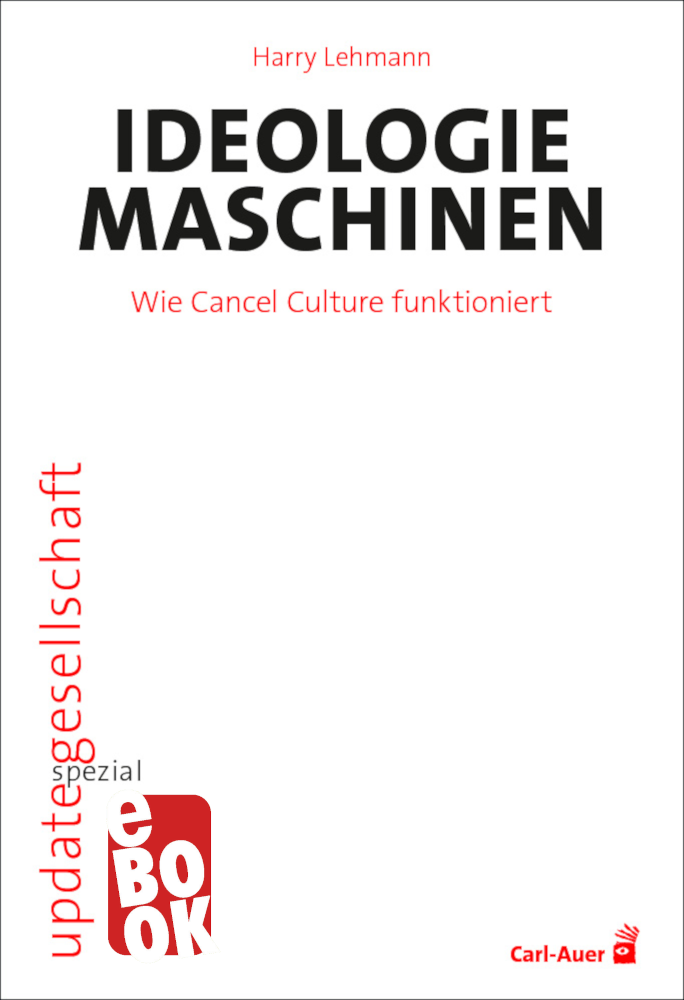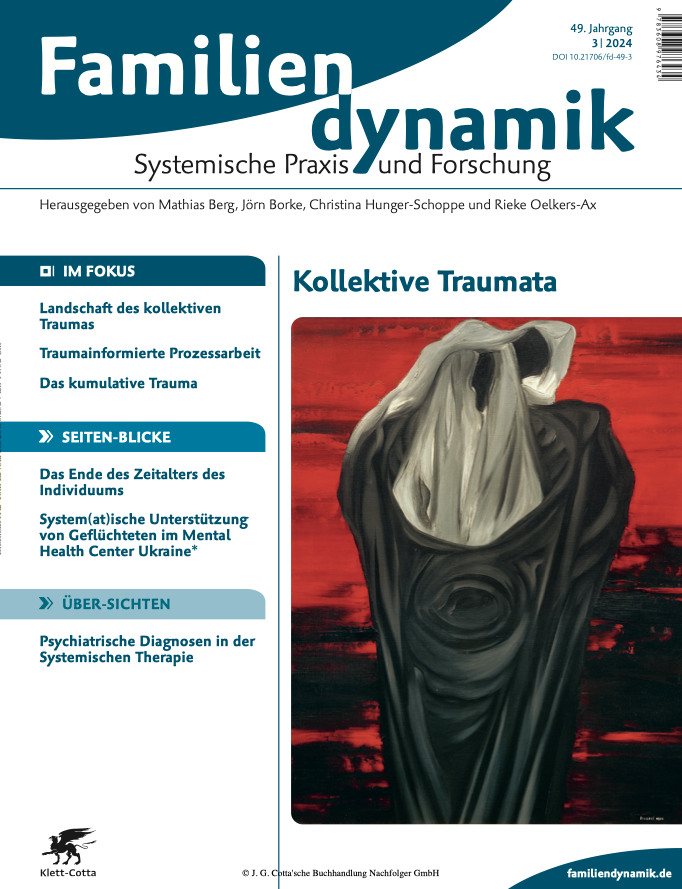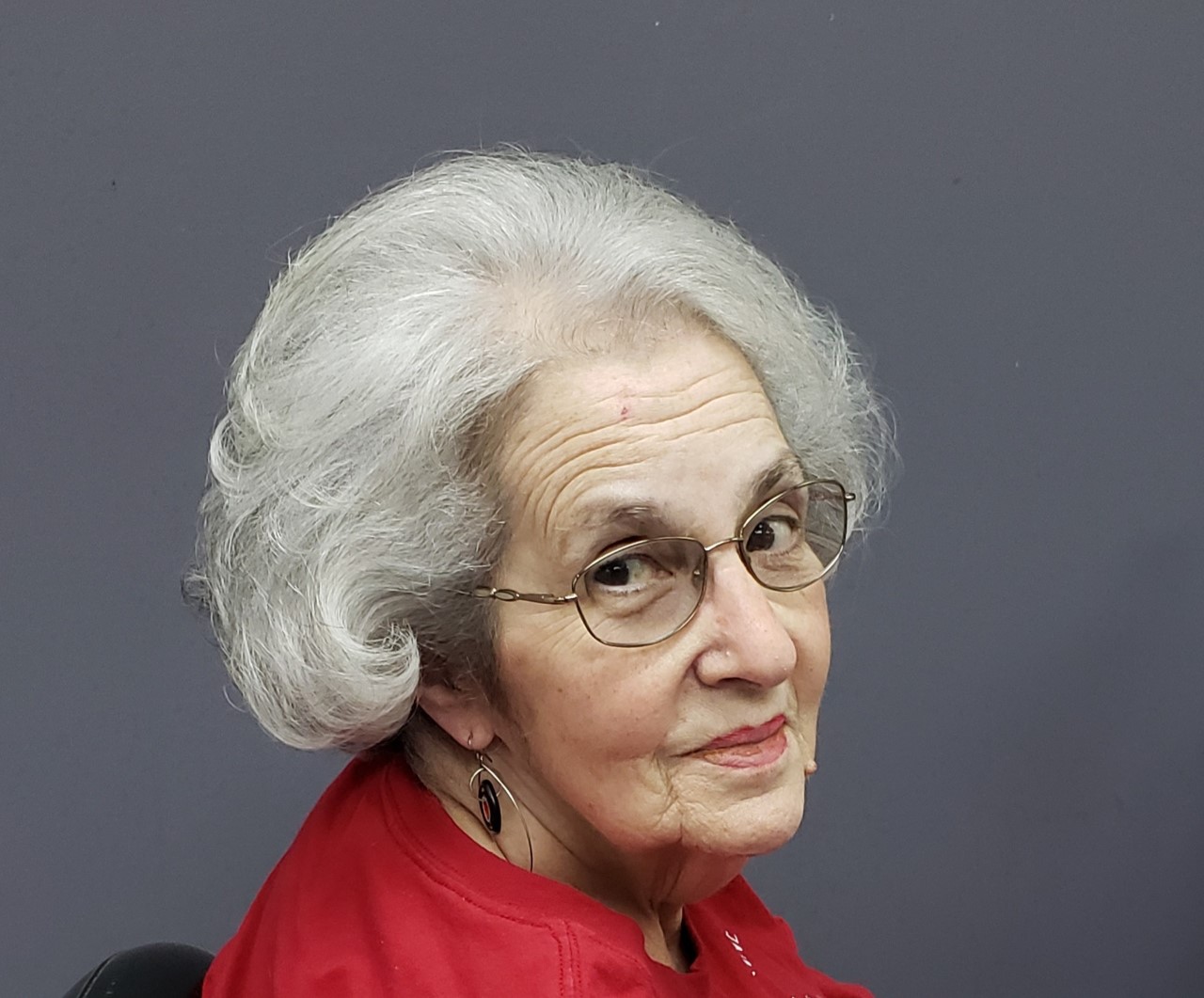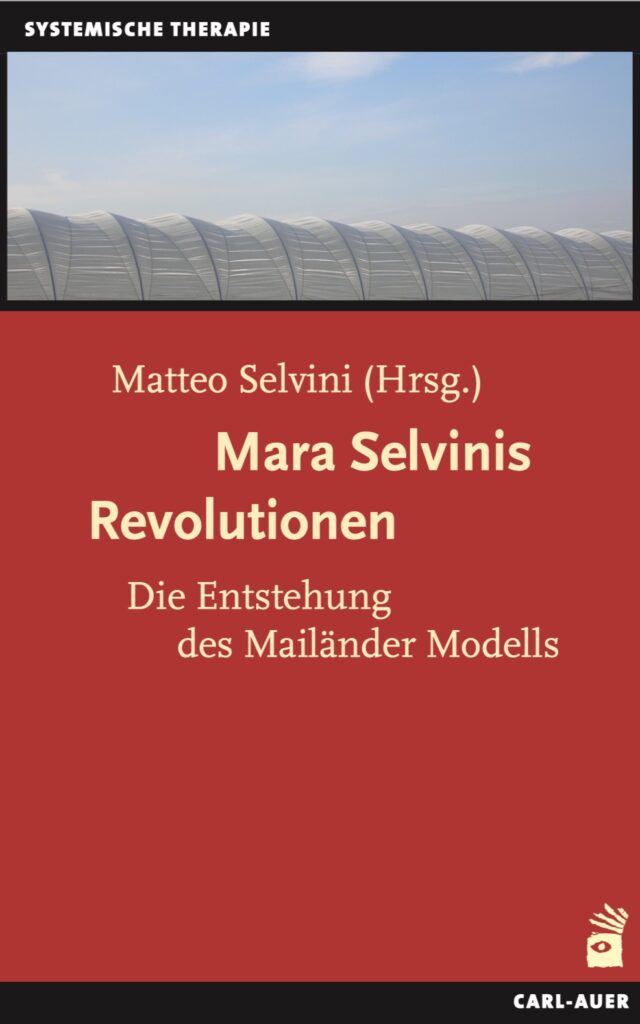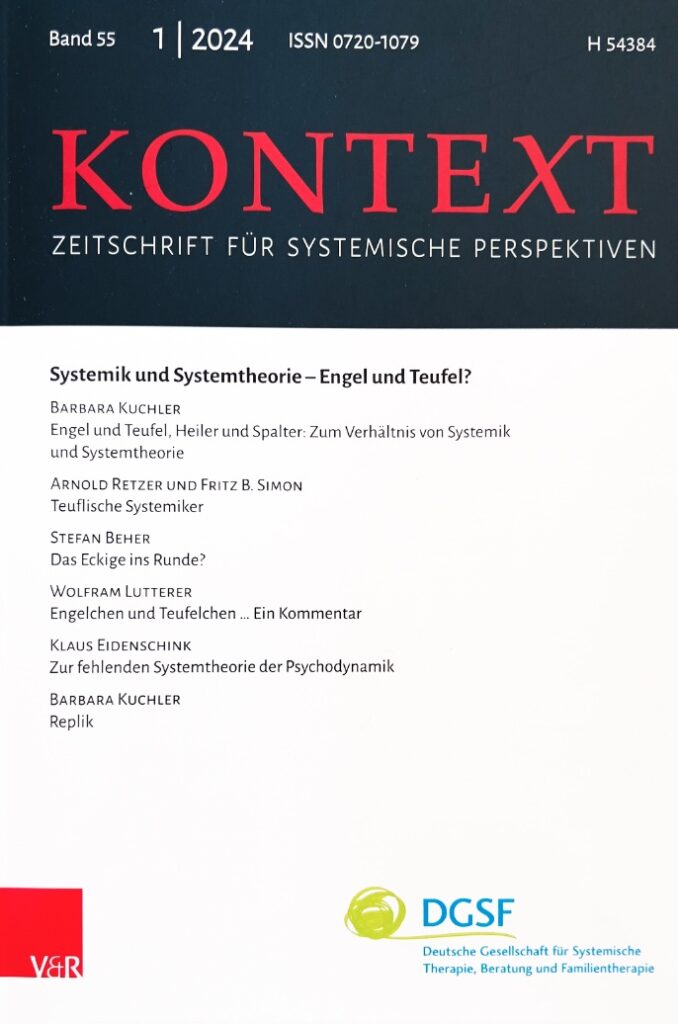
Heute würde Daniel N. Stern (16.8.1934 – 12.11.2012) 90 Jahre alt. Er war einer der führenden Säuglingsforscher des vergangenen Jahrhunderts, der die Ergebnisse seiner empirischen Untersuchungen in vielen Veröffentlichungen auf beeindruckende Weise in therapietheoretische und -praktische Modelle überführte. Auf der Website des John Bowlby-Centre ist eine Fallgeschichte von ihm zu finden, in der er beispielhaft zeigt, was er unter einem „Gegenwartsmoment“ versteht, und die erstmals im Band „Attachment: New Directions in Psychotherapy and Relational Psychoanalysis – Vol. 1 No.1” (Karnac) erschienen ist.
Darin heißt es: „This kind of moment is what the Boston Change Process Study Group calls a ‘now moment’. (…). It is a moment of Kairos when, all at once, many things come together and come to crisis in the therapeutic relationship. In that short time window if you act, you can change the destiny of what will happen. And if you don’t act, the destiny will be changed anyway because you didn’t act. Kairos is the ‘moment of opportunity’, like a ‘moment of truth’ or a ‘decisive moment’. Such ‘now moments’ cause much anxiety in the therapist, who is not sure what to do, and there is not an appropriate technical fall back position that is acceptable, clinically and perhaps morally. Therapist and patient both sense that something momentous is happening, that the ongoing therapeutic relationship has been threatened and put at risk. Also hanging in the air is the therapeutic framework or at least the traditional, personal way the patient and therapist have been working together, up until now. Such moments demand an alteration in the intersubjective field between the two. It is not important whether one wants to put this in terms of the transference–countertransference momentary stance. It is a two-person event involving a potentially perturbing change in the intersubjective field of the total relationship, transferential and real.“


